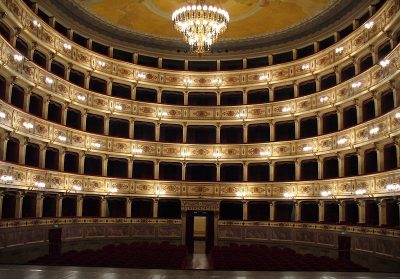Fermo
Fermo is a small jewel of a town in the Italian region of Le Marche that is full of history, great architecture, art and traditions.
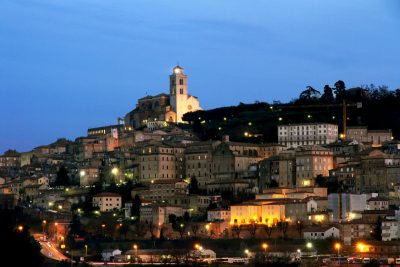 |
Fermo sits on the tuffaceous slopes of the Sàbulo hill overlooking the sea and dominating the Adriatic, between the valleys formed by the Tenna and Ete rivers as these flow down to the sea. The borough of Fermo covers a large area, from the wide beaches of Lido di Fermo, Casabianca and Marina Palmense to the attractive Torre di Palme, a small settlement perching on a spur overlooking the sea, and Capodarco with its panoramic views of the Adriatic. |
| A noble, ancient pre-Roman city, Fermo was an important Latin colony until it became a Roman colony in 264 BC, becoming known as Firmum Picenum and granted the right to mint coins. There are still many signs of the ancient Roman city, especially the “cisterns”. This is a large underground structure with thirty chambers arranged in three parallel rows and covering some 2200 square metres, where rainwater used to be collected and then distributed around the city. Six of these chambers were still in use in 1980, holding water coming from the natural springs in the Sibillini Mountains and supplied to city homes. | 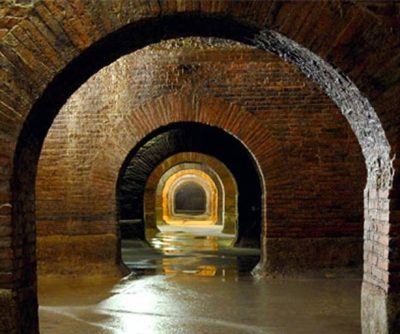 |
In 408 it was captured by the Visigoth Alaric, then passed to the Lombards and became part of the Duchy of Spoleto before being added to the Papal State under the Franks. Towards the end of the 10th century Fermo became the centre of the Marca Fermana district, lasting until the 13th century when it became part of the Marca di Ancona. In 1199 it became a free city-state and then a feud of the Estensi in 1214.
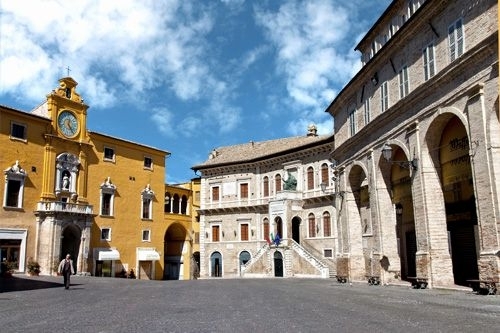
Fermo became a secure part of the territories of the Roman Catholic Church at the beginning of the 17th century. Then, in 1808, it became part of the first Kingdom of Italy, acting as the capital of the Tronto Department. On the 21st of September 1860, it welcomed the Piedmontese troops and declared its annexation to Italy in 1861. The Province of Fermo, which was dissolved shortly after the Unification of Italy in 1861, was re-established by a law approved by the Italian Senate on the 19th of May, 2004, marking the end of a long political and legislative process.
| Art and history can be found throughout the city of Fermo. Piazza del Popolo, the Palazzo dei Priori, the Duomo and the Teatro dell’Aquila are just some of the many sights worth seeing, Then there is the Pinacoteca art gallery containing many of the city’s works of art, including “The Adoration of the Shepherds” by Rubens. |
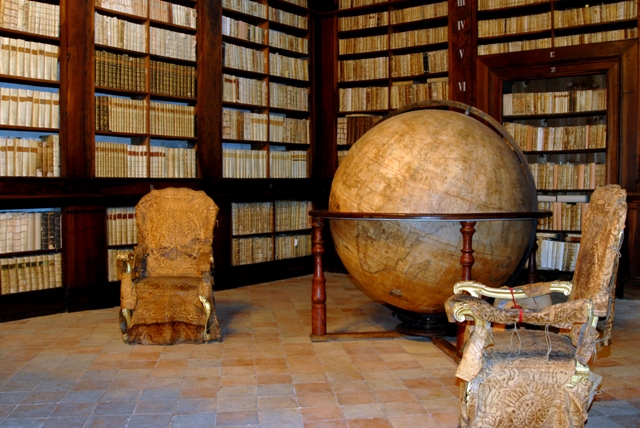
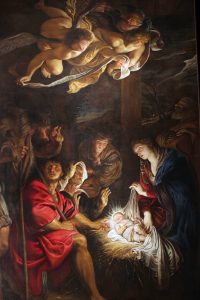
The surrounding area is also worth visiting, with its many small medieval villages and rich gourmet traditions. Many well-known brands are based here, industrial and artisan, producing a wide range of goods, from shoes and leather goods to hats. A land just waiting to be discovered, every month of the year, and sure to amaze.
